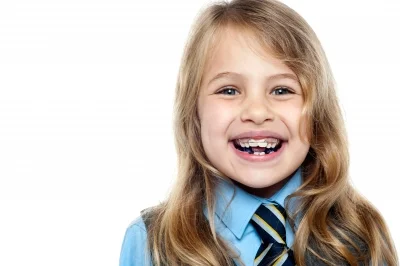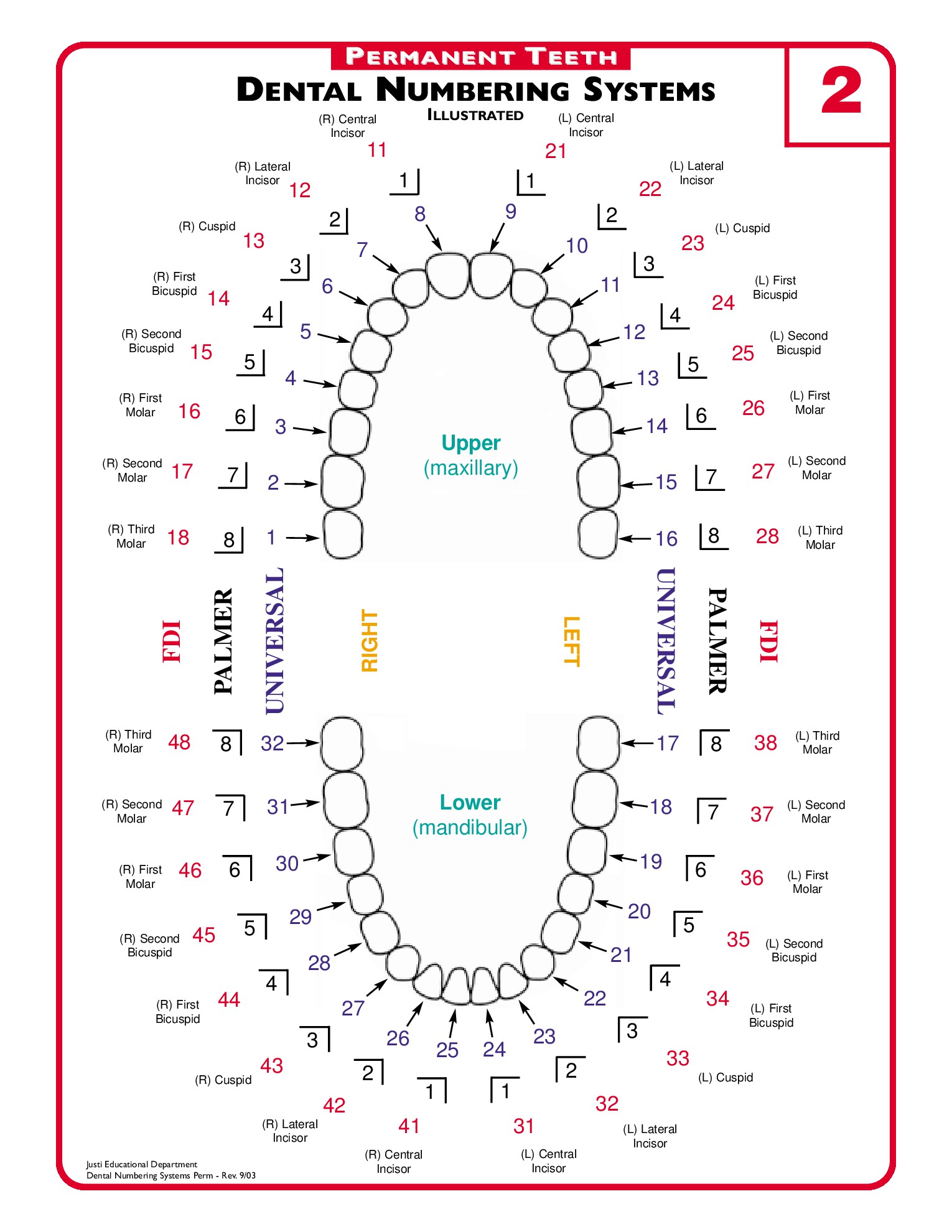A lot of children have overbites, leading parents to wonder when they should bring to a dentist to be fixed, and if fixing it is even necessary. Unfortunately, overbites have to be fixed and the sooner it is corrected, the better. If left untreated, it can lead to developmental problems of the teeth and could possibly damage the teeth.
What is an Overbite?
Class 2 malocclusion, called retrognathism or overbite, occurs when the upper jaw and teeth severely overlap the bottom jaw and teeth. - Medline Plus
The term ‘overbite’ refers to a bite issue where in the upper teeth is protruding over or overlapping the lower teeth. The lower teeth can be completely hidden by the upper teeth or the lower teeth could be overly behind. In general, the upper teeth must be over the lower teeth by only about 1 to 2 mm. The lower teeth should be visible too. That is the ideal position.
It is considered an overbite is the protrusion is more than 3 to 4 mm or totally covers the lower teeth. Overbites are quite common and can be corrected using braces or Invisalign.
How to Evaluate Your Kid’s Overbite
You must start checking your child’s teeth as young as the age of 5, in order to be aware of a developing overbite. A child with an overbite may have teeth not fitting together properly.
If an overbite continues to develop, it can lead to a number of problems such as headaches, ear pain, difficulty chewing food, facial pain, neck problems, jaw pain and sinus congestion. It is important that a child with an overbite see an orthodontist before reaching 8 to prevent it from worsening.
Why You Have to Treat a Child’s Overbite Early
The sooner you fix an overbite, the better your child be able to develop. More extensive treatments can be also be prevented in the future. If left untreated, an overbite may cause the following problems:
- Problems eating
- Speech impediments
- Upper anterior teeth gradually breaking down anterior lower teeth
- Pain within the jaw and gums
- Worn tooth enamel and increased risk of cavities and gum disease
- Teeth grinding
- Lowered self esteem or confidence
- Lower teeth cutting into the upper gums or the roof of the mouth
How Overbites are Corrected
Since children’s teeth and jaw are still developing, overbite treatment is not very complex. For children, the dentist will take X-rays and molds to know what exactly causes the irregular bite. Commonly used corrective methods are braces or braces with other auxiliary appliances that will straighten the teeth.
Book an appointment with Dr. Soo Jun of Mint Kids Dentistry to discuss overbite treatments.


























